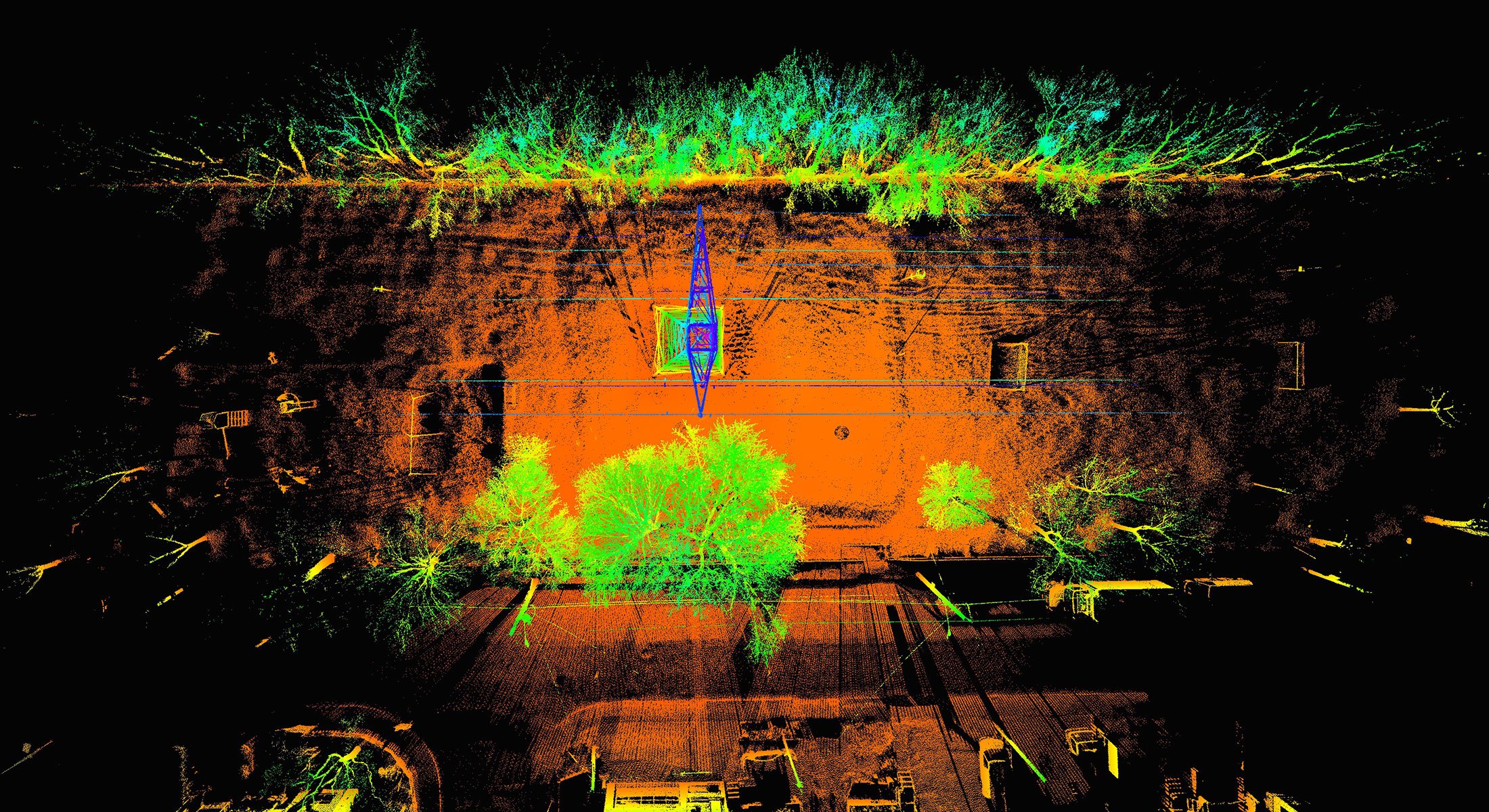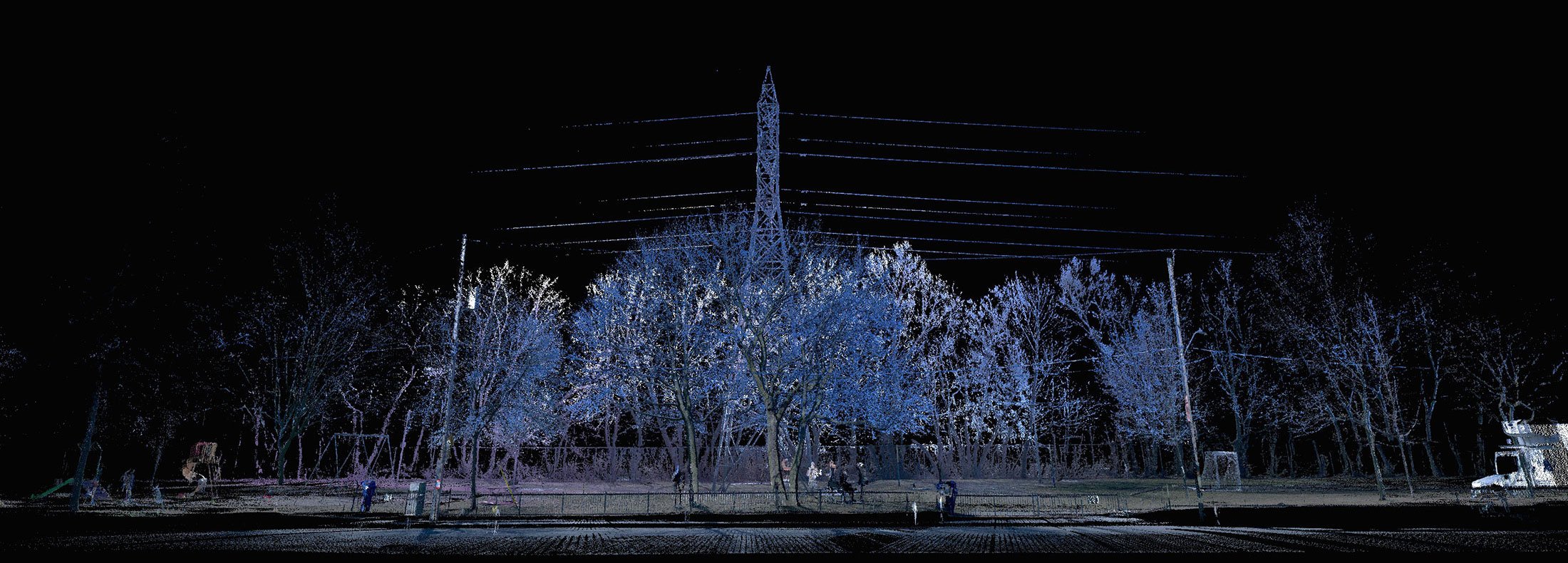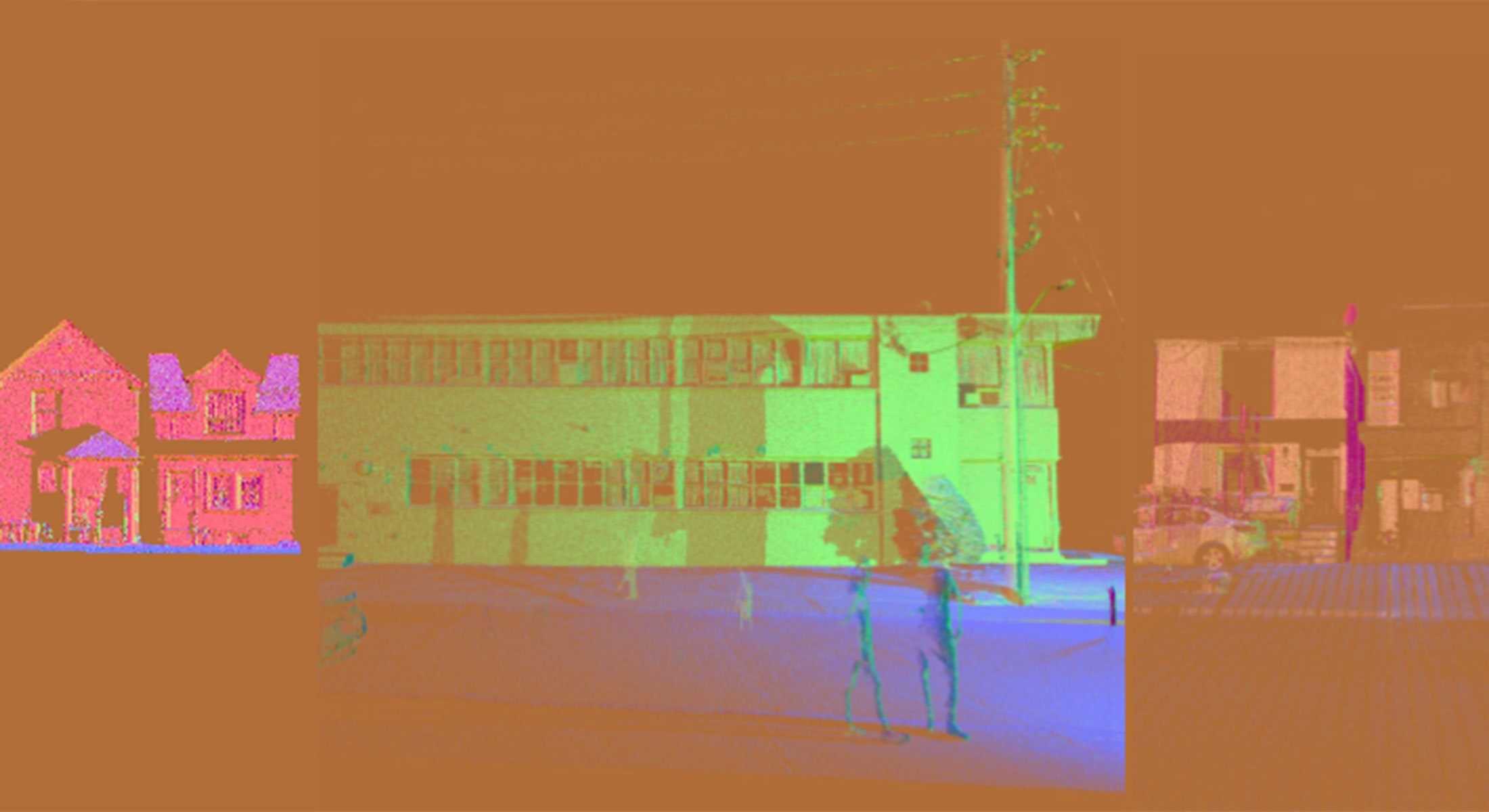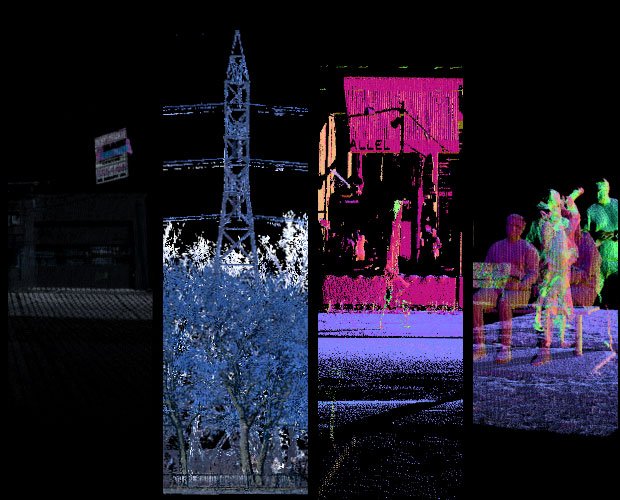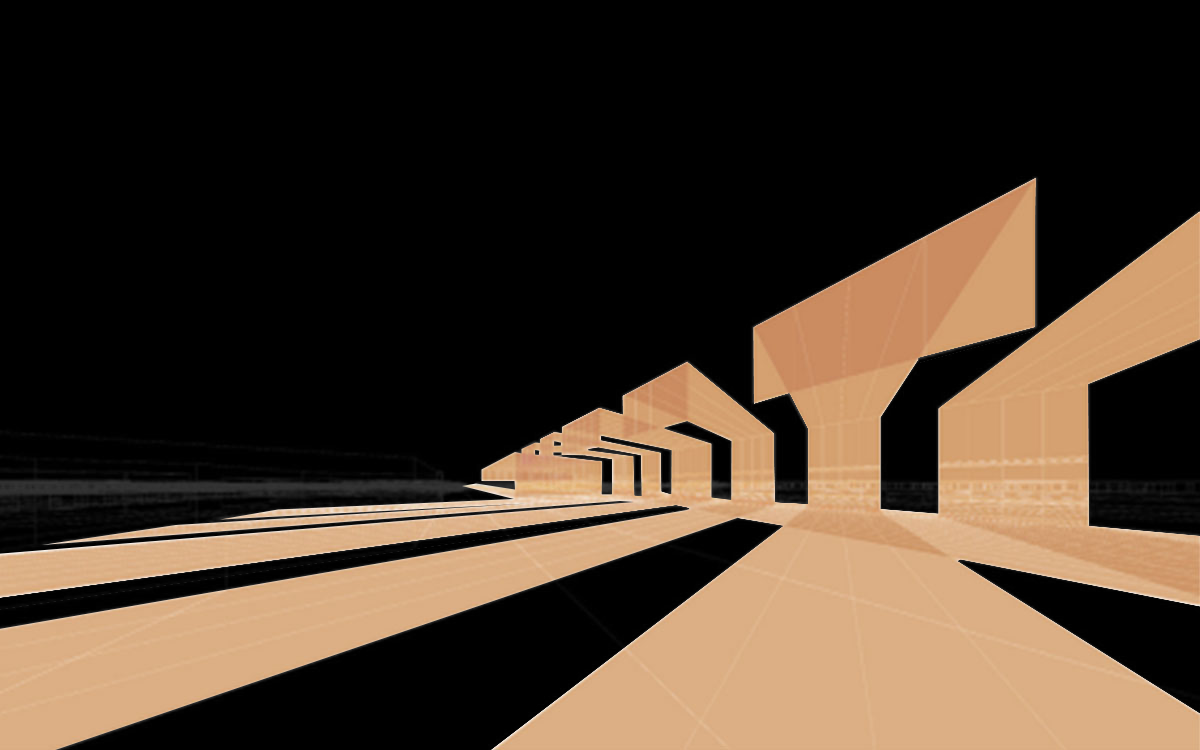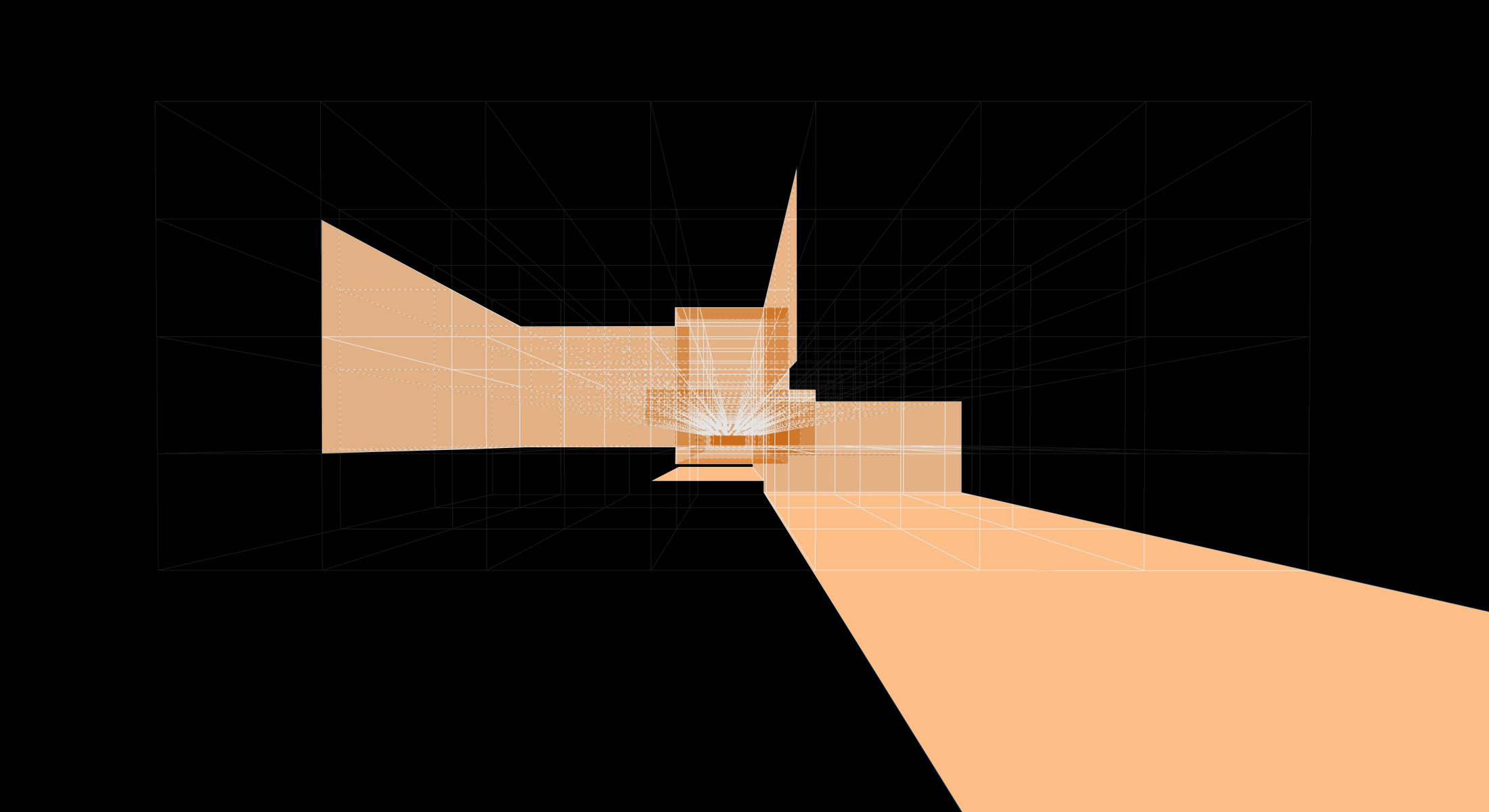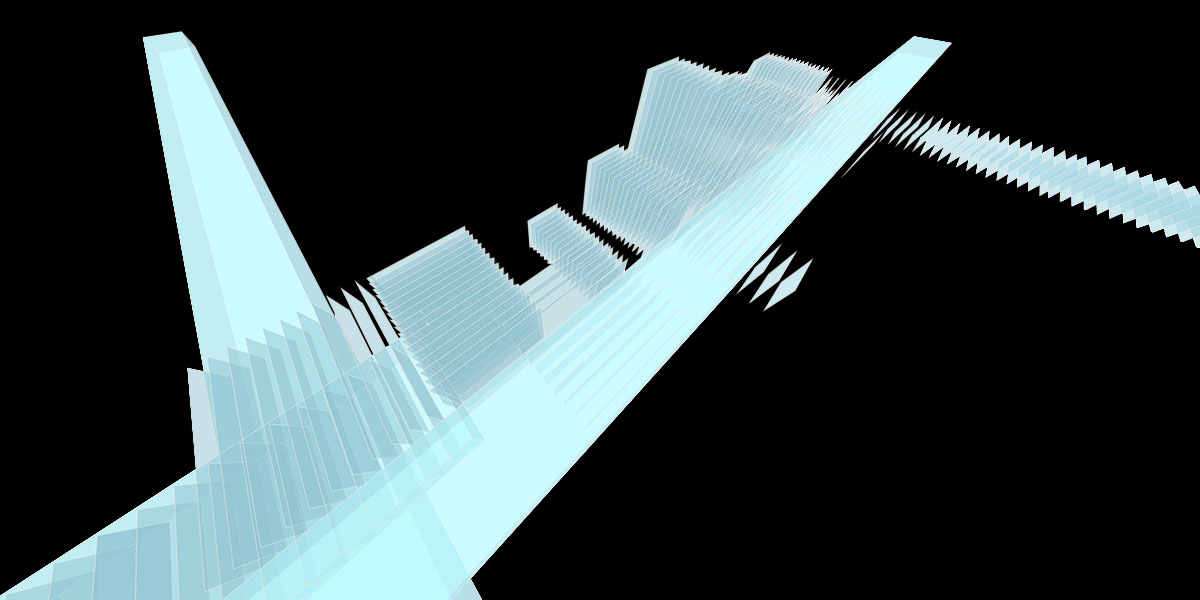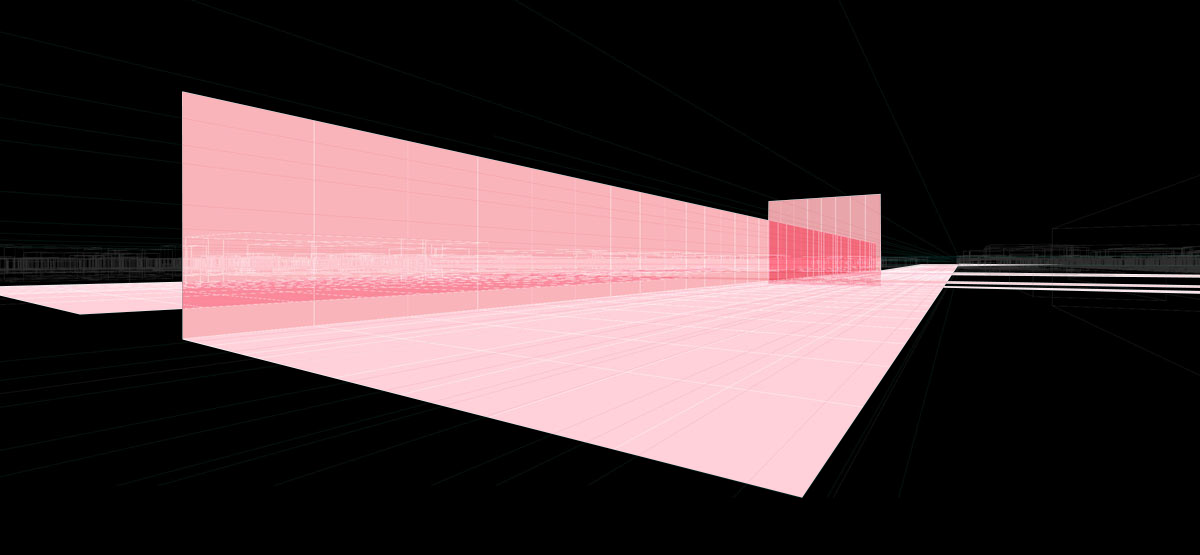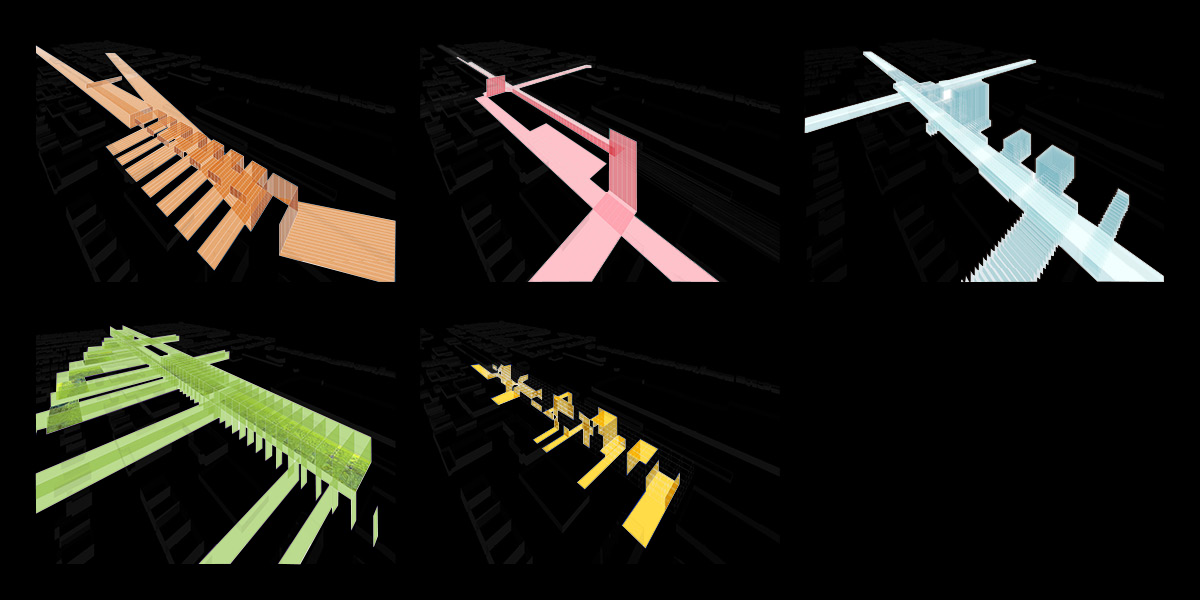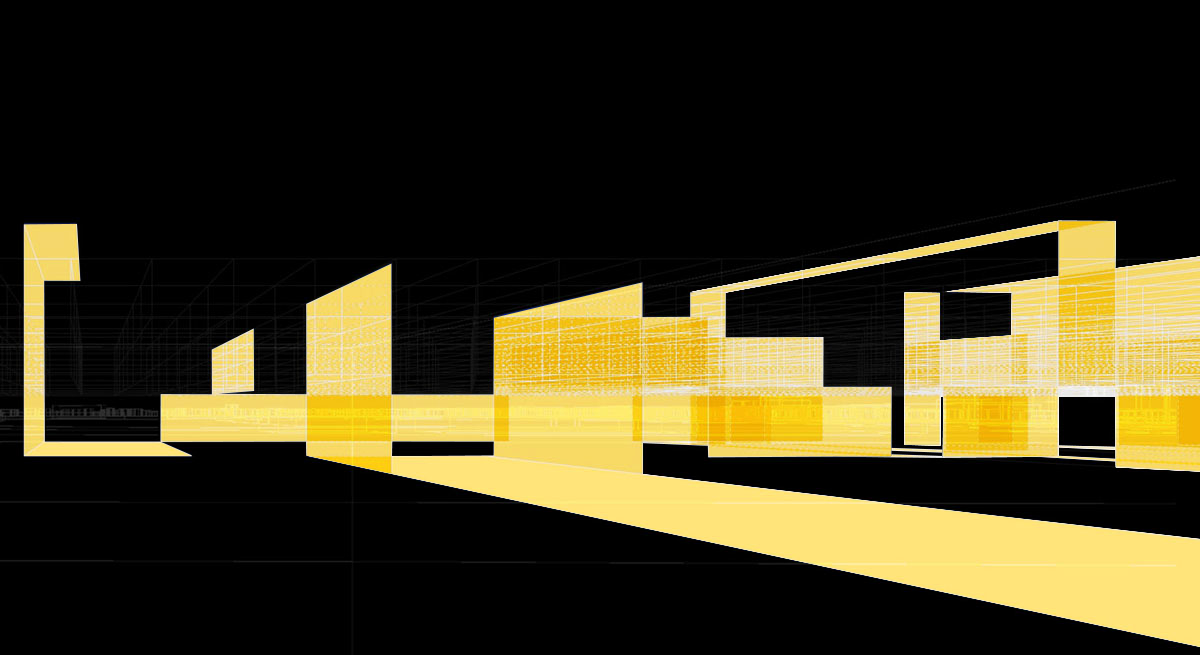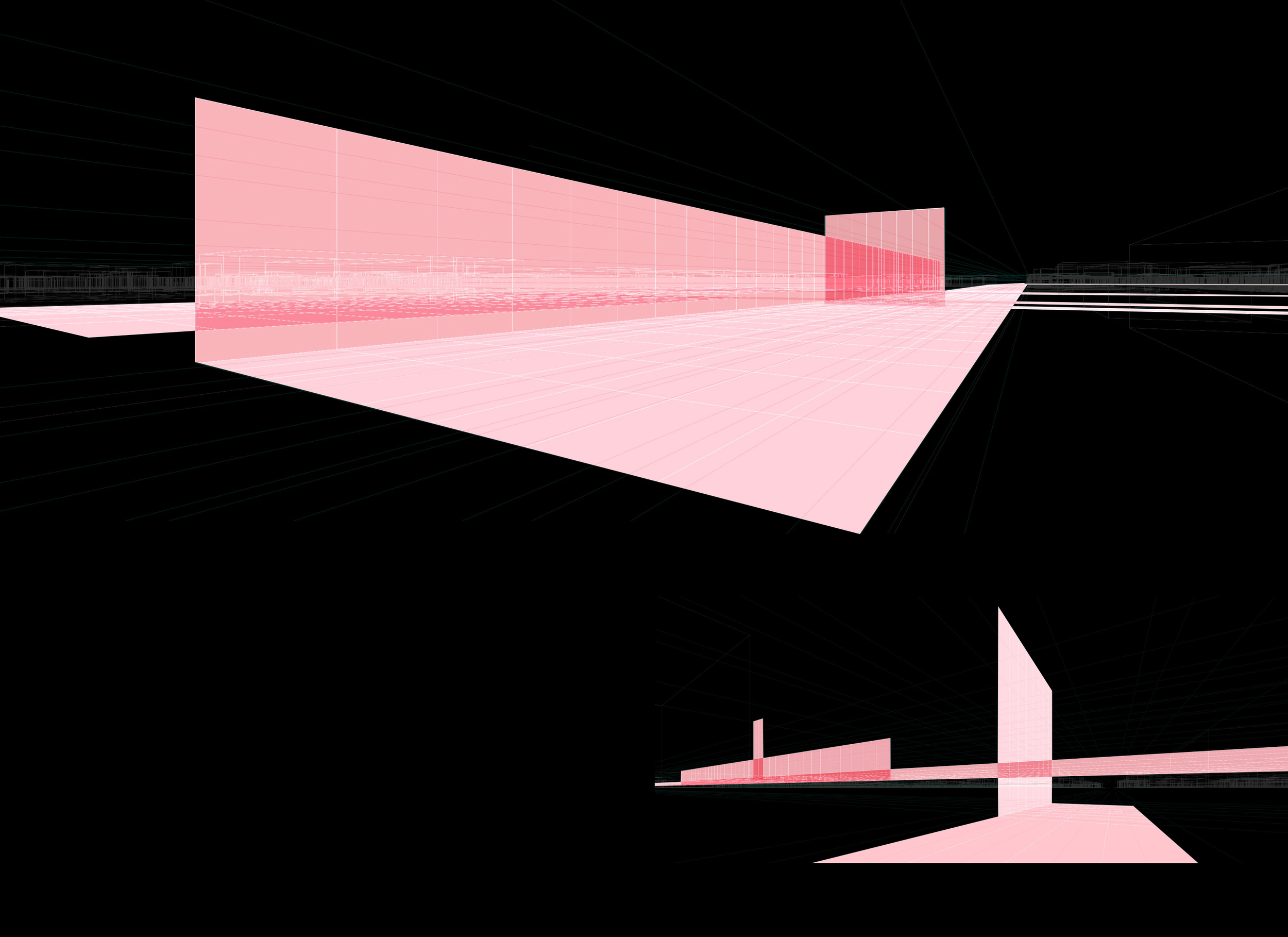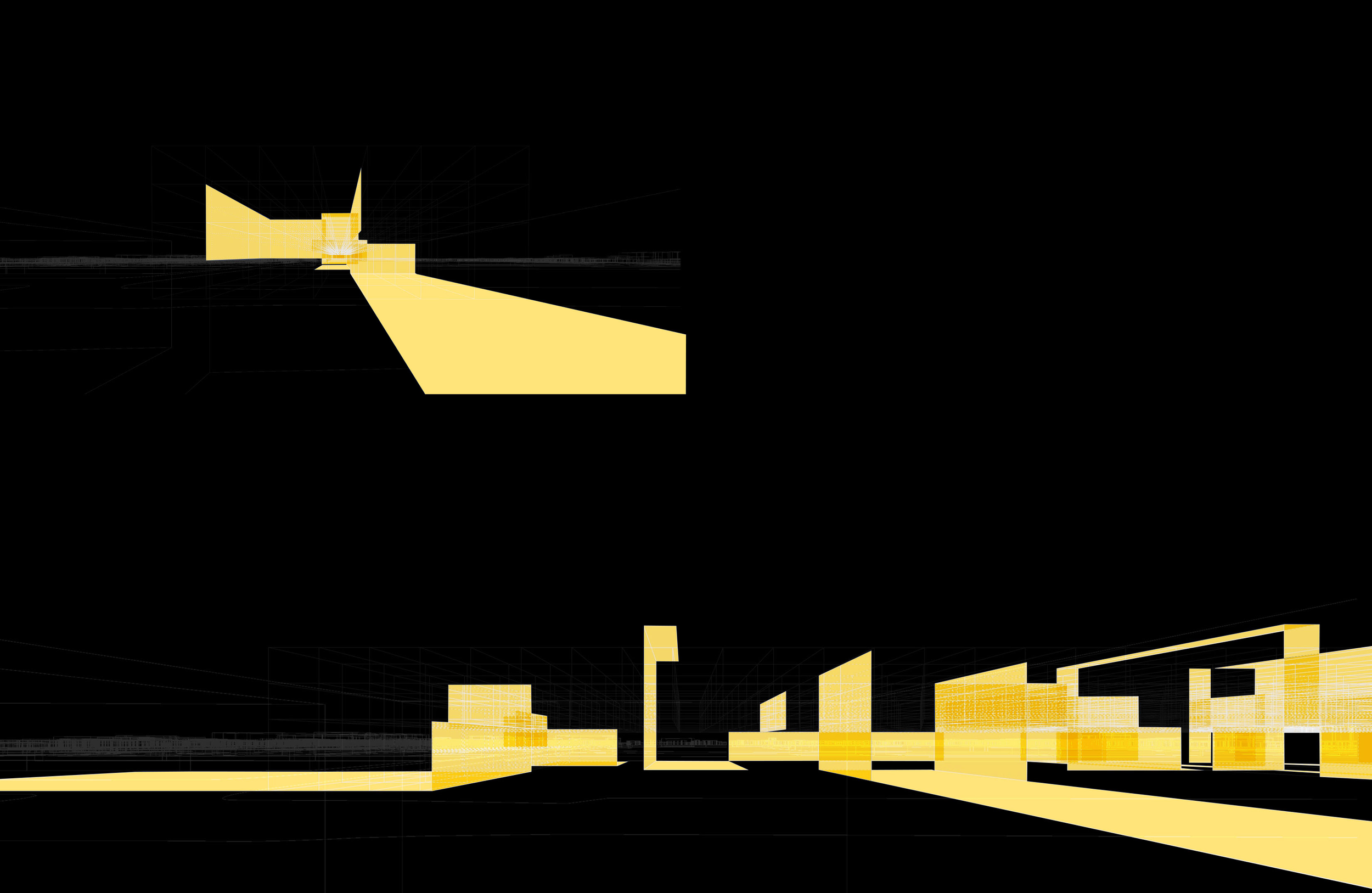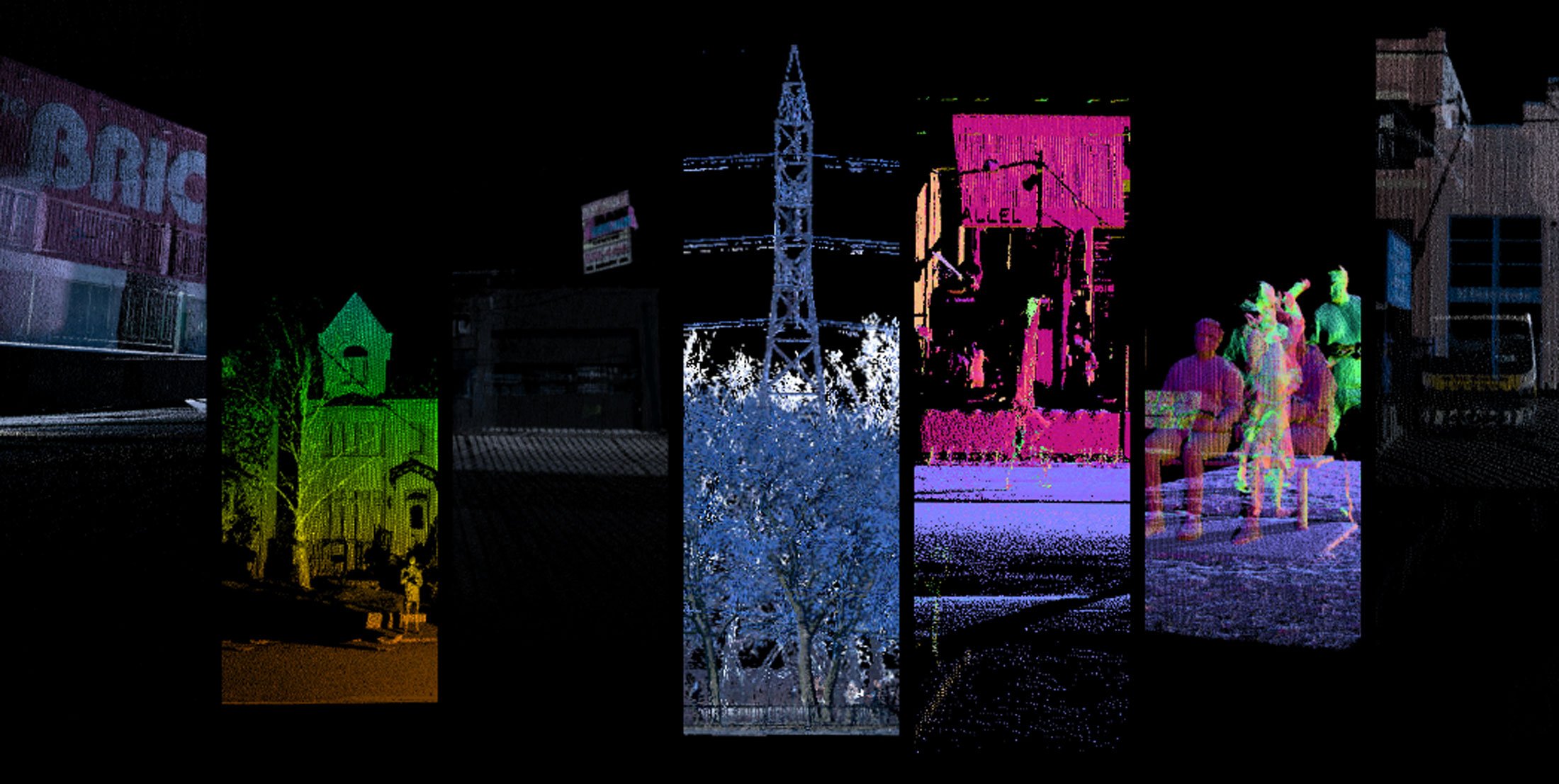259 GEARY lemayFLDWRK x TAS THE COMMONS 2021
team: Andrew King, Gaston Fernandez, Marie El-Nawar, Jeffrey Ma, George Foussias, Jasper Silver-King location: TORONTO
259 Geary sits on the crossroads of the 1-km avenue that the City forgot. As the fifth busiest public thoroughfare in Toronto, the project is visible to a large audience and lives within an increasingly strong community.
The site offers various opportunities to grow as a hub. For the past 100 years, the area has seen a range of mixed-use tenants. Programs include commercial light fabrication shops, food and beverage production and sale, local retail, community services, working spaces, auto shops, training facilities, performance venues, art spaces and galleries. As the community grows, the need and desire for expanding these elements grow, too.
The organic development of the Geary strip creates a narrative for how a site like 259 can begin and continue to define the area. Toronto’s neighbourhoods each have a distinct character and personality; Geary is the quirky, authentic type that offers no apologies, comfortable in its individuality. Geary is charming. People are attracted to this site as it’s rewarding to explore. Many design-minded and community-driven business owners have started up shop in the area.
As Geary grows, 259 will grow to create a hub within a hub: 259, within Geary, within Wallace Emmerson, within the GTA. The project will have an intuitive and malleable program response that combines several aspects of its context and brims with innovative ideas for community-engaged future growth.
259 Geary is an Echo Chamber of Design Drivers.
Geary can be many things: Itself, a riddle, a cinema, a piazza, a forest or a machine. Five design drivers serve as structured pillars to establish the design process and development of the 259 Geary site.
RIDDLE Understanding 259 Geary begins with understanding its neighbourhood characteristics that are physical, social or historical. These elements confront us with a Riddle that we must decipher to offer the community a sustainable, equitable and iconic urban proposition that is not only anchored in its neighbourhood but is formed and informed by it.
CINEMA The project is understood through different velocities as you walk, bike, drive towards it. As an icon, its visual identity changes from perception at a distance and up close, engaging at eye level. The project’s cinematic quality is its series of dialogues of components and scales. Each has a direct link to the environment, responding to the landscape, street, visitors/locals, neighbourhood and the broader City.
PIAZZA The project is an extension of the public space. Formally, the site responds to a flux of mobility from a range of porosity in thresholds, becoming a responsive neighbourhood project for the local community. Entrances and paths connect users throughout the site, favouring active mobility throughout the development. Activities and services are also nested and superimposed on each other, allowing for a continuity of urban space without compromising the logistical activities that will support the buildings.
MACHINE Located at a distance from Toronto’s urban core, the site has a history of industry and production. The area brims with former industrial buildings turned music spaces. The project further celebrates this transformation from industry to maker spaces. Here communities that connect through culture and the arts gather. Possibilities to extend a level of production to urban agriculture also can occur on the site.

